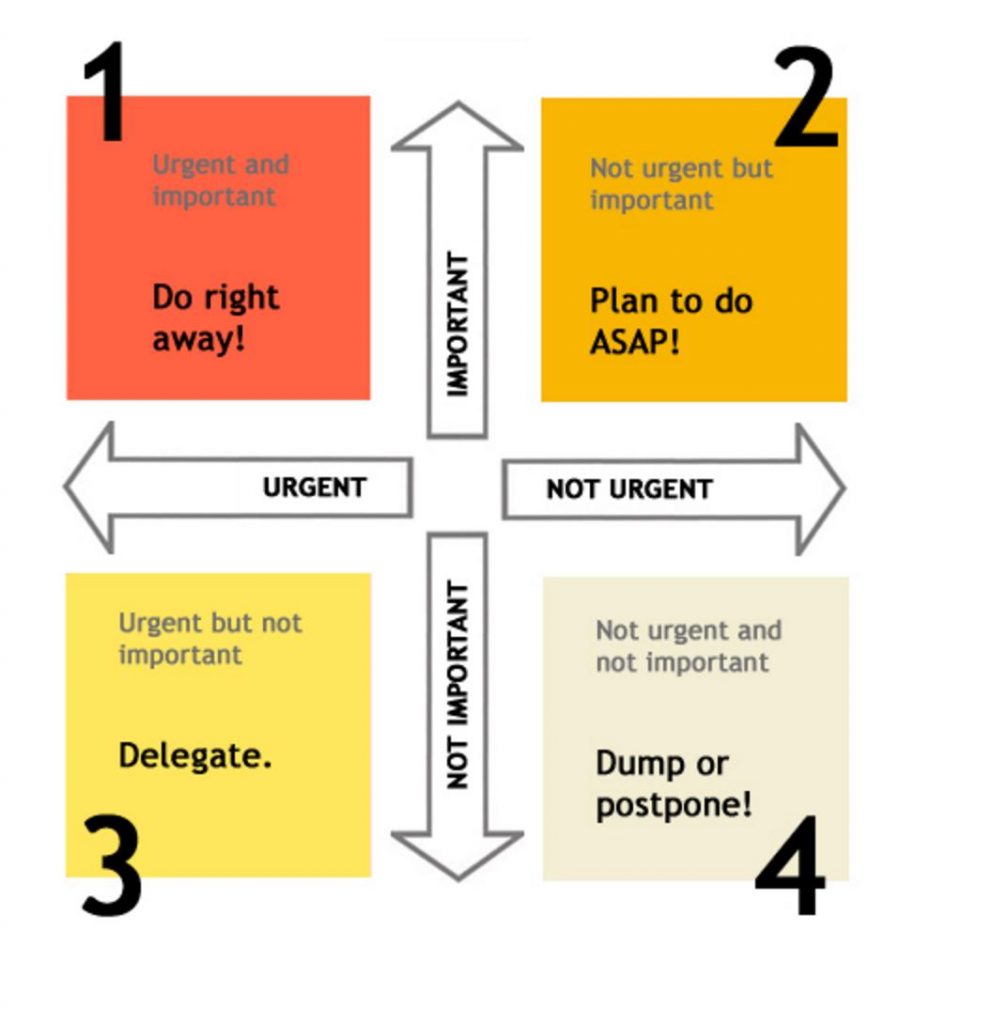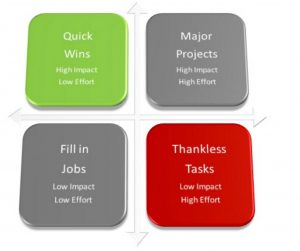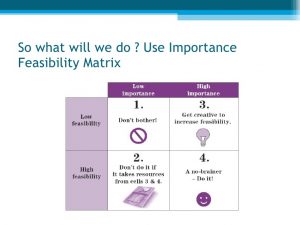I first heard the term “Mastermind Groups” in the Coaching for Leaders podcast approximately 8 months ago. Since I am thinking about starting one, but wasn’t clear on how these differed or were the same as other support groups, I did some reading on the topic and wanted share what I have learned.
What is a mastermind group?
A mastermind group is created when two or more people come together to work towards a purpose. Individual members set goals and seek to accomplish these. Meetings provide support in a group setting and often involve feedback, brainstorming, sharing resources and peer accountability.
How is a mastermind group different from group coaching?
Mastermind groups draw on the wisdom of the group and allow individual members to benefit from everyone’s feedback, support and advice. The facilitator, if there is one, helps with the process and conditions to support the group. In group coaching, the mentor/facilitator coaches individuals in a group setting.
Determine a focus
A mastermind group works best when there is a clear focus. Whether you are starting a group or joining one, you’ll want to think carefully about this piece as it affects the success and sustainability of the group and its membership.
Selecting members for your mastermind group
I have belonged to various ‘support groups’ (i.e., writing groups, PhD cohort, and others), and, based on that experience and according to what I have read on mastermind groups, the who matters a lot.
In a successful mastermind, members have:
- Commitment to the group and to their own goals
- “Unity of purpose and mission” balanced with some diversity
- Varied strengths
Your screening process may be more formal or less so, depending on your preference. Members should be clear (to the extent that they can) on what they hope to get from/contribute to the group.
How many members should you have?
Several posts (e.g., Lifehack and ChristineKane) suggest masterminds should be composed only of a small group of 3-6 people. In my experience, a group of 6 can work when you have a set meeting day/time (i.e., every Friday at 1 pm) and group of 3 is better when people’s schedules vary and you find yourself having to alter the meeting times.
Structuring and running a mastermind group
Mastermind groups may meet weekly, every two weeks or once a month. Scheduling meetings in advance is advisable, meeting less than once a month isn’t. Your conversations can be in person, by phone, or online.
Overall, your meetings will be guided by your “unifying purpose”. In his post about mastermind groups, Michael Hyatt suggests the following structure:
- each member shares their highs and lows from the week/month (15 minutes)
- one member gets the “hot seat” meaning they get focussed attention and time during which they discuss a particular issue, can benefit from the group’s input, and strategize (30 minutes)
- each member determines and shares one action to which she wants to be held accountable (15 minutes)
Others (Savara at Lifehack, Karyn Greenstreet at the Success Alliance), however, suggest that every member should be in the “hot seat” at every meeting. If you choose this option, time in the hot seat needs to be shortened to keep meetings to a reasonable time.
My next steps
As mentioned at the start of this post, I wrote this because I have an interest in starting/joining a mastermind group related either to writing or to doing educational consulting as a “side gig” (as Dr. Katie Linder calls it). The accountability aspect of masterminds appeals to me at this time and the focus on a common purpose because I think both of these matter a great deal to the success of the individual and group.
***
In writing this post, I have discovered there are many resources on the internet about starting and running a mastermind group. Some additional resources that I have not linked to above include:
You’ve Got This Podcast by Dr. Katie Linder (Thank you Katie for inspiring this post!)
Go Beyond Simple Networking and Organize your own Mastermind Group
Photo credit: Marc Wathieu, Flickr, Graphic Conversation https: //flic.kr/p/5xi8KT





